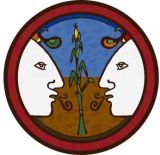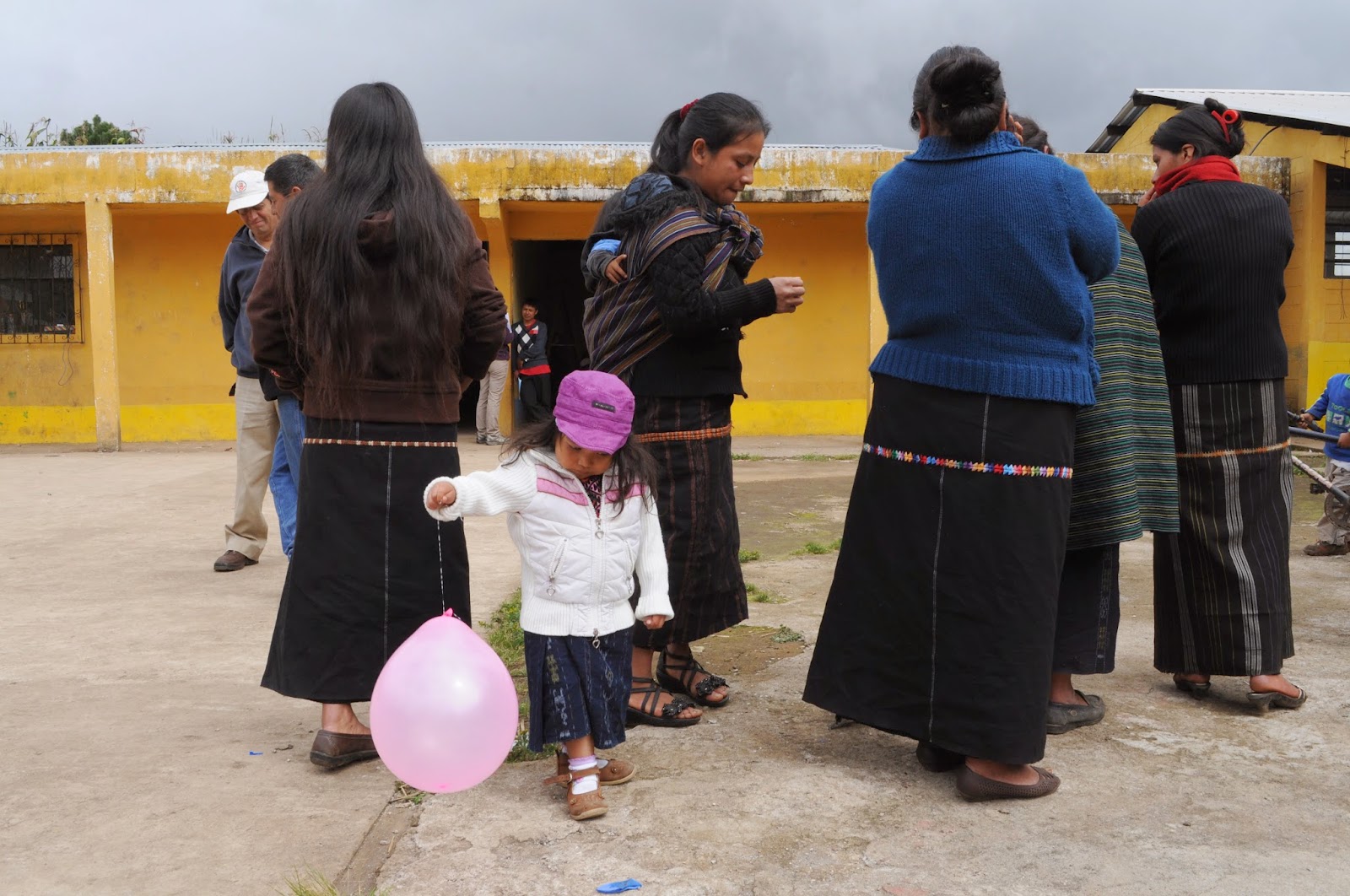Christian Ngo was a 4th year medical student at the State University of New York, Downstate Medical Center when he participated in the Pop Wuj Medical Spanish Program in the spring of 2014. He is now a first year internal medicine resident in Dallas at UT Southwestern. Thank you Christian for sharing your insights with the Pop Wuj blog!
Framing My Experience
One of the first things that struck me when I arrived in Guatemala was how similar it was to the Philippines. I have been to the Philippines many times and been involved in a global health project there as well. The social structure of the two countries was extremely similar. The strong family structures that I saw in Guatemala were the same ones that I remembered from the Philippines. There was also a strong culture of machismo amongst both the indigenous and non-indigenous populations. This machismo had several interesting implications which I will discuss later. Furthermore, the socioeconomic situation of Guatemala is very similar to that of the Philippines insofar as a large proportion of the population works as international laborers and support their families in Guatemala through money remittances. Rapid development and its effect on the environmental health of the population was also another theme from the Philippines that I saw echoed in my experiences in Guatemala. In particular, the export of old discarded machinery from the developed world to Guatemala was very prevalent.
The similarities between Guatemala and the Philippines raised the question in my mind of whether this development experience was one shared amongst all developing countries or whether these similarities arose from the common experience of Spanish colonialism – or perhaps colonialism in general. Certainly, I can see the strong influence of Spanish culture in the development of machismo within both of these countries. However, I feel like my rotation in Guatemala raised more questions about the ways in which these systems and circumstances which are intricately intertwined with the health status of the population arose and what social and political forces have created such similar environments.
In the Clinic
Having worked in the developing world before, I am acutely aware of the imbalance between what is gained by a student from an abroad experience and what is gained by the community. Providing appropriate care is extremely dependent on an intimate knowledge of not only the endemic pathology within an area but also the cultural context and social norms that allow for patients to feel comfortable enough to engage the provider as a partner in their care. This problem is only exacerbated in situations where there is a language barrier between the patient and the provider. These barriers to optimal care arise not only in the international setting but when practicing locally where physicians are being asked to take care of an increasingly linguistically and culturally diverse population.
The Pop Wuj program addresses these problems by providing both targeted language instruction and a series of lectures on cultural issues that commonly arise in the clinic. In doing so, I believe that both students and patients had a better experience once they met in the clinic.
 |
| Christian with Pop Wuj staff doctors, Dr. Carmen Rosa and Dr. Sammy |
As a student in the mobile and main clinic, I performed three different main tasks. The first of these was to triage patients. I would take patients vitals and identify what the main reason for coming to the clinic was. In addition to vitals, if I believed a patient needed a point-of-care laboratory drawn (e.g. urinalysis or finger stick blood glucose), I would also obtain these tests so that the results would be available to the teams working in the clinic rooms.
The second main task was performing clinic encounters with patients who had been previously triaged. In teams of two students, I would review patient’s charts, interview patients, perform physical exams and develop a plan to be presented to the Guatemalan physician. After presenting the patient, the Guatemalan physician would review my plan and offer any changes she thought to be necessary. Then, we would see the patient together and I would explain the plan to the patient, instruct the patient on referrals, and provide any lifestyle counseling that was necessary.
The third main task in the clinic was working in the pharmacy. This involved mixing solutions and counting pills to be distributed to patients. In addition, when giving the medications to the patients, I would explain the manner in which the medication was to be taken and any side effects and alarm signs that are associated with the prescriptions.
In addition to the roles that I took on at clinics, I also participated in an educational session at one of the nutrition screenings. Students rotated between doing growth checks and providing the educational talk on that day. I, along with a few other students, spoke with the mothers attending the screening about family planning methods, the availability of both barrier contraception and hormonal contraception at various health clinics including our own, and the benefits of birth spacing.











.JPG)
.JPG)
.JPG)
.JPG)
.JPG)
.JPG)
.JPG)
.JPG)
.JPG)
.JPG)
.JPG)
.JPG)



















